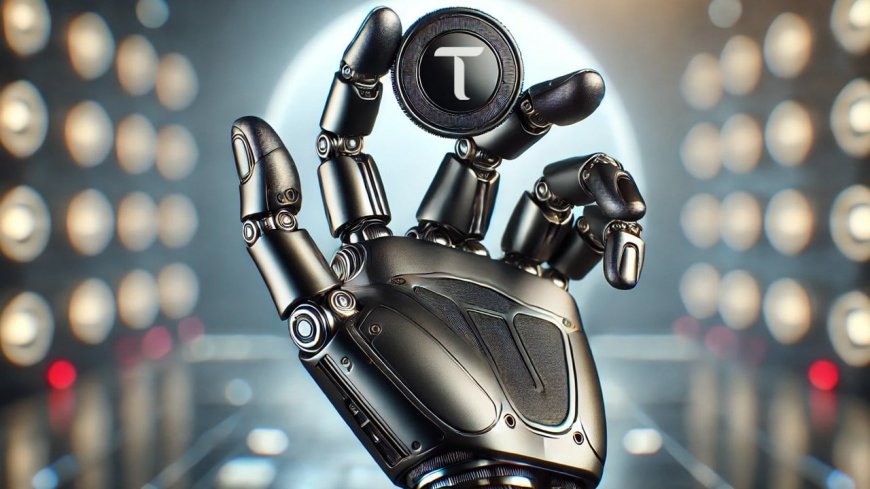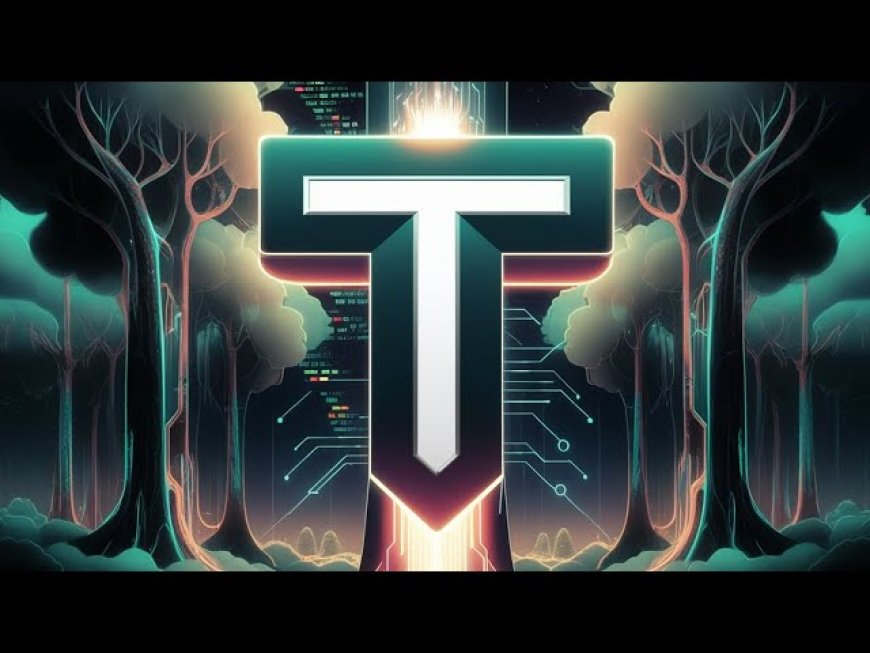Bittensor: The Groundbreaking Blockchain AI Platform with Multimodal Subnets
Bittensor is rapidly emerging as one of the most innovative blockchain AI platforms with the launch of its new multifunctional subnets. In a recent discussion, Cairo, a lead developer of Bittensor, introduced Subnet 4, a cutting-edge multimodal AI subnet capable of handling diverse data types, including text, images, video, and audio.

Subnet 4 - A Breakthrough in Multimodal AI Technology
Cairo shared that Subnet 4 integrates the Joint Embedding Predictive Architecture (JEPA) developed by Yann LeCun, Chief Scientist at Meta AI. This new architecture enables the creation of representations for multiple data types, allowing the system to process them effectively.
The key innovation of Subnet 4 is its end-to-end multimodal processing capability. This means that the subnet can take different inputs, such as images, videos, audio, or text, and generate corresponding outputs without needing intermediary steps. For example, a user could input a video and request the subnet to summarize it in text form.
Cairo emphasized that this capability currently surpasses large AI models such as GPT-4 Vision. Subnet 4 can not only understand and analyze images and videos but also create them, opening up numerous potential applications for the future.
How Subnet 4 Operates and Validates
Cairo explained that Subnet 4 would use a reward stack and cost stack similar to the current Subnet 1. However, the reward models will be optimized using the available BTLM model, reducing operational costs for validators.
On the cost side, Subnet 4 will focus on evaluating models' multimodal capabilities. Templates will be designed to test the performance of models in creating and understanding images, videos, etc. This system allows developers to easily assess and improve their models.
Cairo also stressed the importance of designing a reasonable incentive mechanism to create secondary and tertiary positive effects for the entire Bittensor network.
Potential and Impact of Subnet 4
Cairo has set an ambitious goal of reaching 1 million users for Subnet 4 by the end of the year. He believes this technology can compete with large AI models like GPT-4 but at a much lower cost.
Subnet 4 opens up numerous new applications for Bittensor, from multimedia content creation tools to advanced video/image analysis systems. This has the potential to attract more developers and users to the platform.
Cairo also highlighted Bittensor's competitive edge in scalability. With its distributed consensus mechanism, the platform can handle millions of users, far exceeding other blockchain protocols.

The Rise of New Subnets in the Bittensor Ecosystem
Beyond Subnet 4, the Bittensor community is also witnessing the emergence of several new subnets, showcasing the platform’s potential for supporting various AI applications:
- Subnet 2: Focused on machine translation
- Niche Net: A specialized subnet for particular AI models, expected to launch soon
- Image Subnet: Currently being developed by Creative, promising to open up the AI art market for Bittensor
This diversity underscores Bittensor's potential to support a wide range of AI innovations on a single blockchain platform.
Challenges and Opportunities for Validators and Miners
With the rise of new subnets, validators and miners in the Bittensor network face new challenges:
- Software Updates: Validators must upgrade to the latest version (2.0.0) to stay compatible with changes in the consensus mechanism.
- Weighting Subnets: Validators can now assign weights to different subnets through Subnet 0, which requires strategic resource allocation.
- Quick Adaptation: Cairo predicts that miners and validators will need to be more flexible in switching between subnets to optimize profits in the future.
- Technical Knowledge: With the emergence of complex subnets like Subnet 4, validators and miners must continuously enhance their technical knowledge to operate effectively.
Despite these challenges, there are significant opportunities. Validators and miners can leverage the diversity of subnets to maximize profits while contributing to the advancement of AI applications on Bittensor.
The Future of Bittensor: Scaling AI on Blockchain
The rapid development of new subnets is shaping Bittensor's future as a leading blockchain AI platform. With its robust infrastructure and innovative subnet ecosystem, Bittensor is poised to revolutionize how we develop and deploy AI on the blockchain.
Diverse AI Applications:
With specialized subnets, Bittensor can support a wide range of AI applications, from natural language processing to computer vision.
Scalability:
Bittensor's distributed consensus allows the platform to handle millions of users, outpacing traditional blockchains in terms of scalability.
Competition with Big Tech:
Subnets like Subnet 4 demonstrate Bittensor's potential to compete with major AI models developed by leading technology companies.
Encouraging Innovation:
The subnet structure allows developers to easily deploy and experiment with new AI ideas on the blockchain, fostering innovation.
Creating an AI Blockchain Ecosystem:
The diversity of subnets is expected to attract developers, users, and investors, creating a rich and dynamic AI blockchain ecosystem.
Conclusion
Bittensor is proving to be a highly promising blockchain AI platform with the launch of new, multifunctional subnets like Subnet 4. Its end-to-end multimodal processing capabilities open up a wide range of new applications in the AI field.
However, this rapid growth also presents challenges for the validator and miner community. They must continuously update their knowledge and adapt to changes to optimize their participation.
Looking forward, Bittensor has the potential to become one of the leading platforms for AI development and deployment on the blockchain. With its superior scalability and diverse subnets, Bittensor is reshaping how we use and develop AI technology on the blockchain.
Source : @The Bittensor Hub.
















